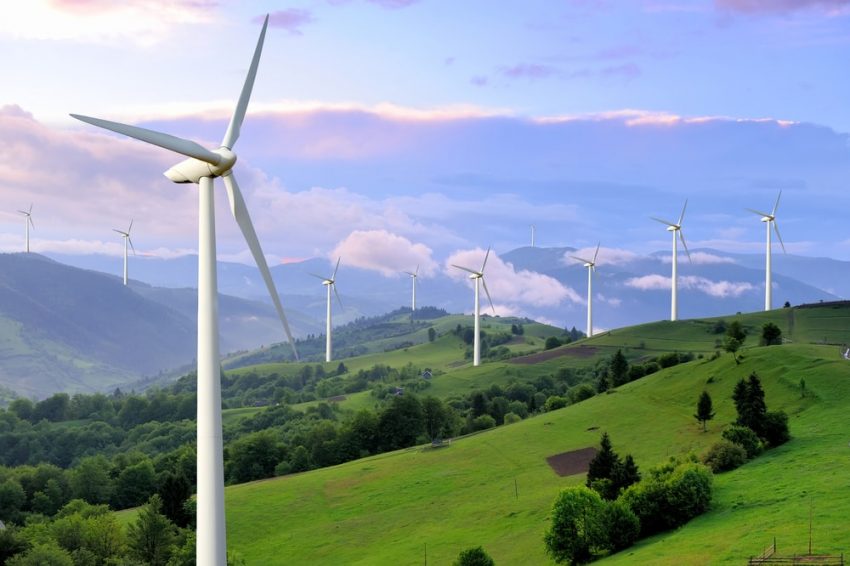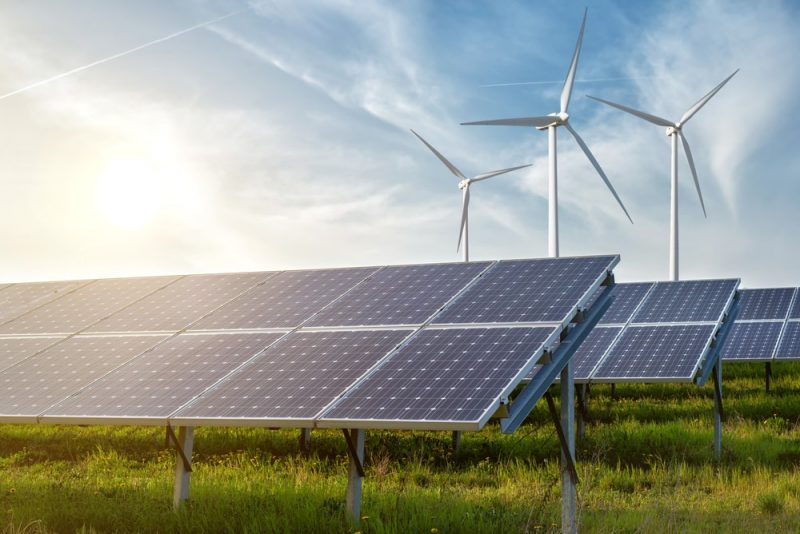obtaining Energy it is a process that is fundamental for most of the activities that the human being carries out on earth and also for the goods that he has produced for consumption and production. For example: electric power, wind power, hydraulic power.
The human body itself is capable of producing energy for the activities it carries out, but not for the operation of the equipment and machinery that have been built throughout the extensive process of civilization.
The Energy sources they are the sum of the existing resources in nature, from which people can obtain energy for the various equipment and machinery to work, and are basically divided into two groups: renewable and non-renewable.
Examples of non-renewable energy

The non-renewable energy or conventional is that obtained from limited natural resources, which once consumed in their entirety do not offer the possibility of being replaced. There are a number of reserves in the world of that way of obtaining energy, but nothing beyond that.
It is common for the means of producing energy to be the burning of fossil fuels, which releases large amounts of greenhouse gases that contribute to global warming.
Some examples of non-renewable energies are:
- Natural gas. It is a fossil fuel, which consists of a mixture of light hydrocarbons composed mainly of methane, nitrogen, carbon dioxide and ethane. It is located in the subsoil or under the sea, and must go through a double transformation from its extraction to its possibility of effective use.
- Petroleum. Organic compound present in different deposits, whose formation takes hundreds of millions of years. After being extracted, it must be separated from gas and water through a process known as refining.
- Coal. Mineral of organic origin, consisting mainly of carbon. Its formation also takes millions of years and its energy use is carried out in thermal or thermoelectric plants to generate electricity: its steam can reach a temperature close to 600 ºC.
- nuclear fuels. Materials that through fission or fusion release different types of energy, usually thermal. The technology that uses these energy sources is called nuclear technology. The main nuclear fuels are uranium and plutonium.
Examples of renewable energies

The renewable energy is that which is obtained from potentially inexhaustible natural sources, due to the amount of energy they contain or because they are capable of regenerating themselves through the natural environment. It is not an unlimited source, so its use must be subject to the time it takes to renew.
Energies of this type began to be considered as alternatives to conventional energies around the 1970s and their developments were fundamentally motivated by economic necessity, although for now conventional energies are still generally cheaper.
In addition, renewable energy often requires a very large space to be developed, which is not always guaranteed.
Some examples of renewable energies:
- biomass energy. Energy is obtained from the dry weight of the organisms, after having completely extracted the water that is in them.
- Solar energy. The projections of the energy flow released by the sun are used to transform them into energy.
- Wind power. By means of the wind, it is possible to move different devices, usually wind turbines.
- Seawater energy. The differences in the average height of the seas according to the position of the Earth and the Moon are used, and with this electricity is generated. It is the energy obtained from the tides.
- Geothermal energy. The energy comes from thermal phenomena inside the earth’s crust.

other types of energy
| Potential energy | Mechanical energy | Kinetic energy |
| Hydroelectric power | Internal energy | Caloric energy |
| Electric power | Thermal energy | Geothermal energy |
| Chemical energy | Solar energy | sound energy |
| Wind power | Nuclear energy | Hydraulic energy |
